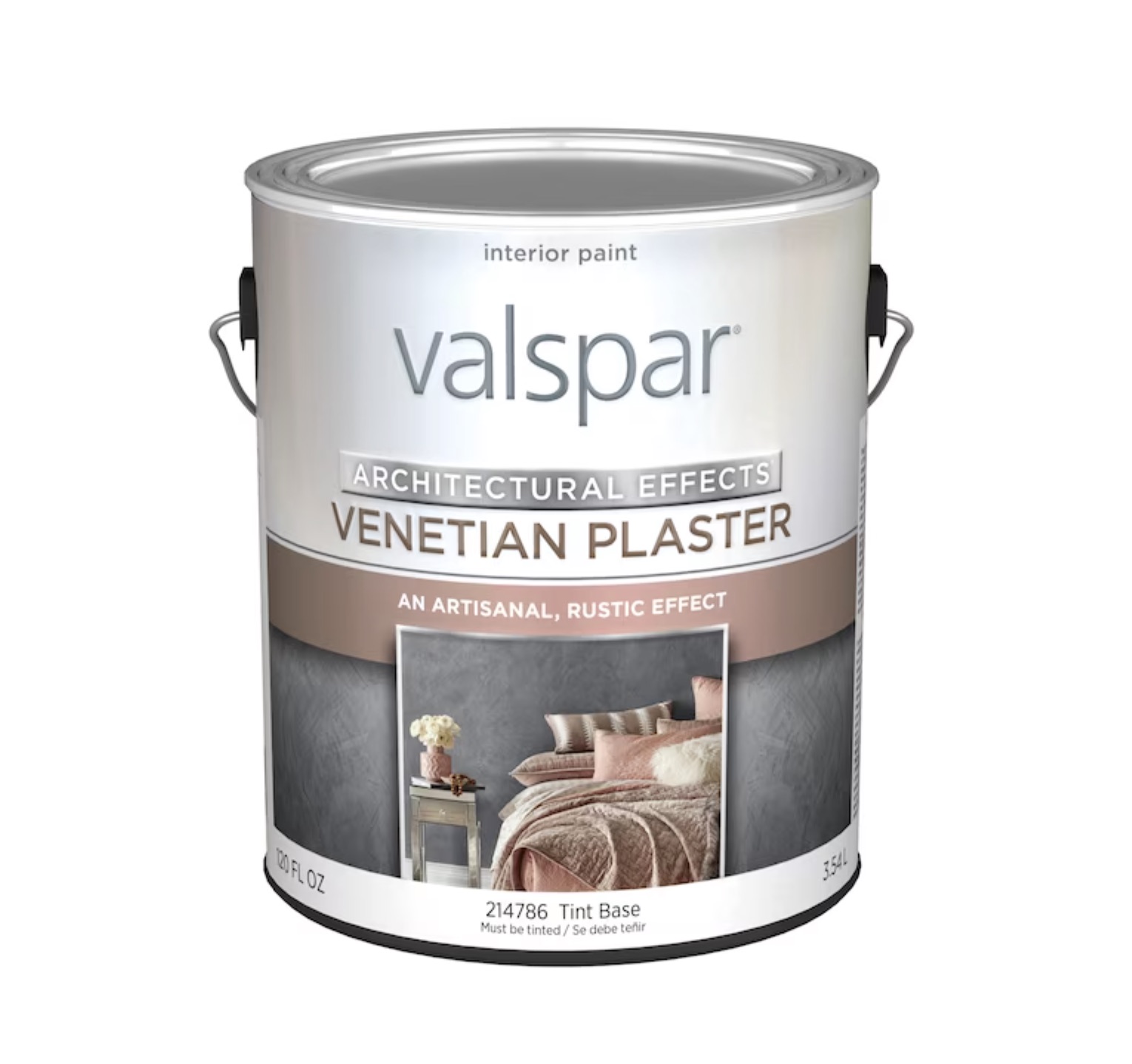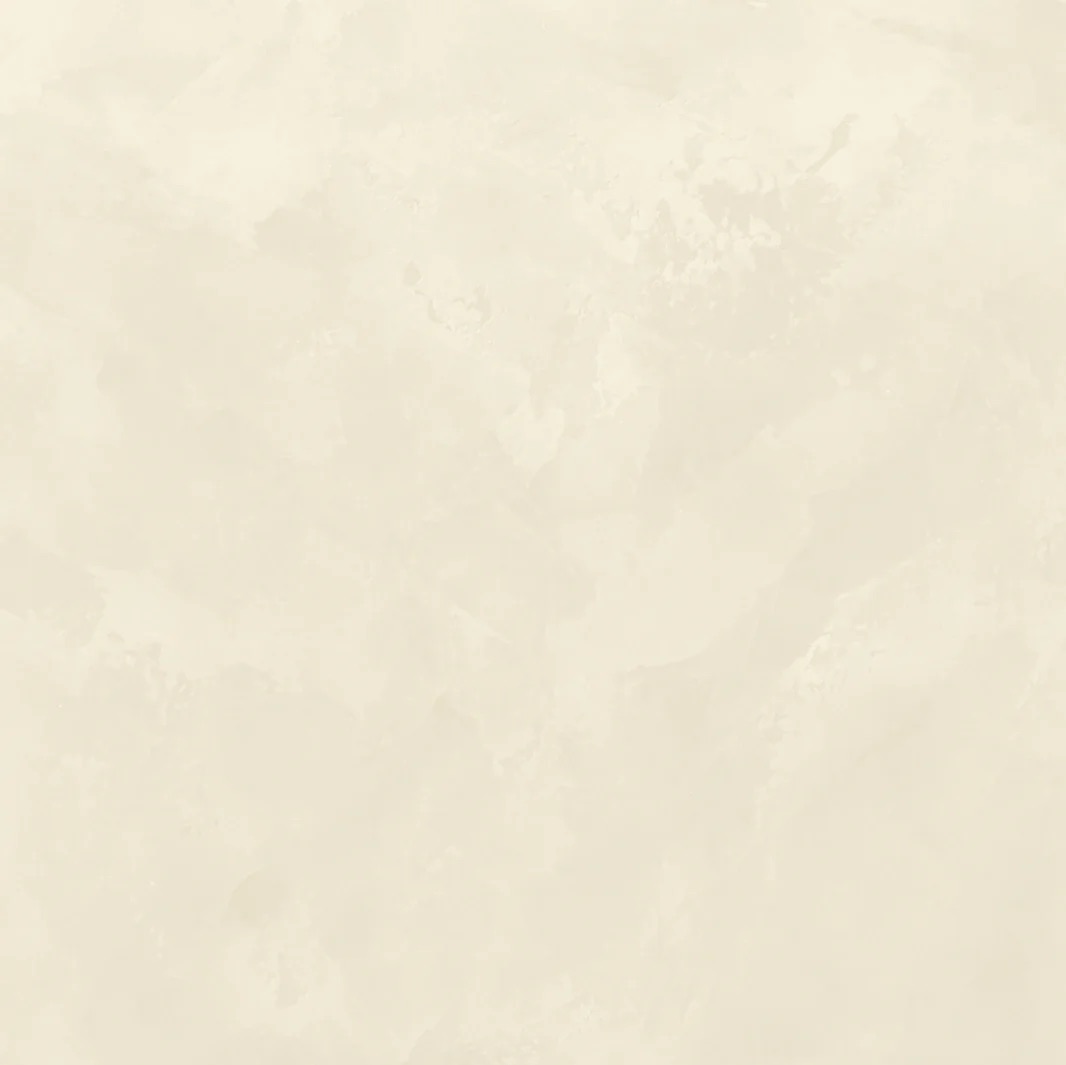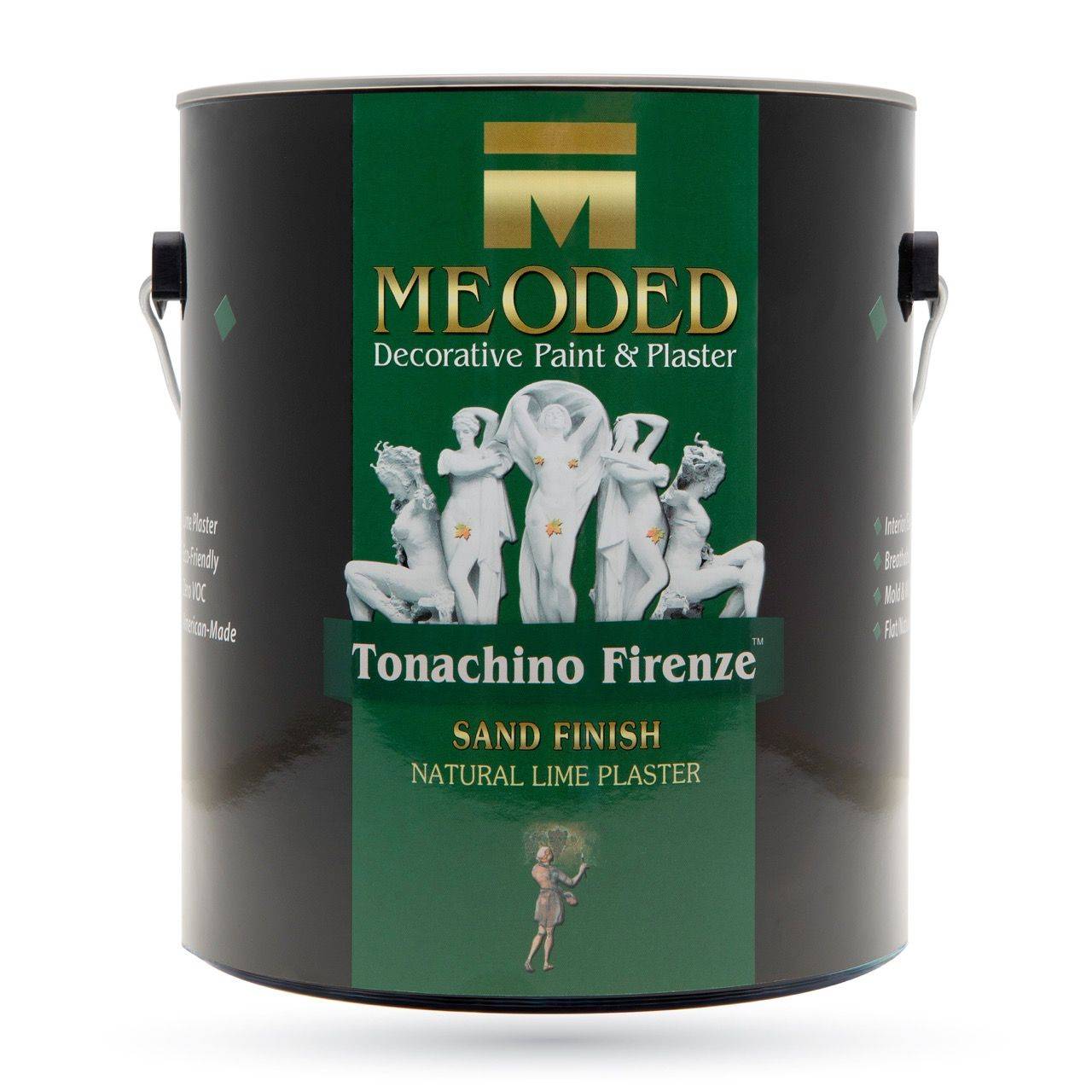What Paint Finish is Replacing Limewash? This is the Richly Textured Alternative Designers Are Using on Walls Now
Over the limewash look? Designers are turning to this plaster-like paint finish instead – here's how to use it
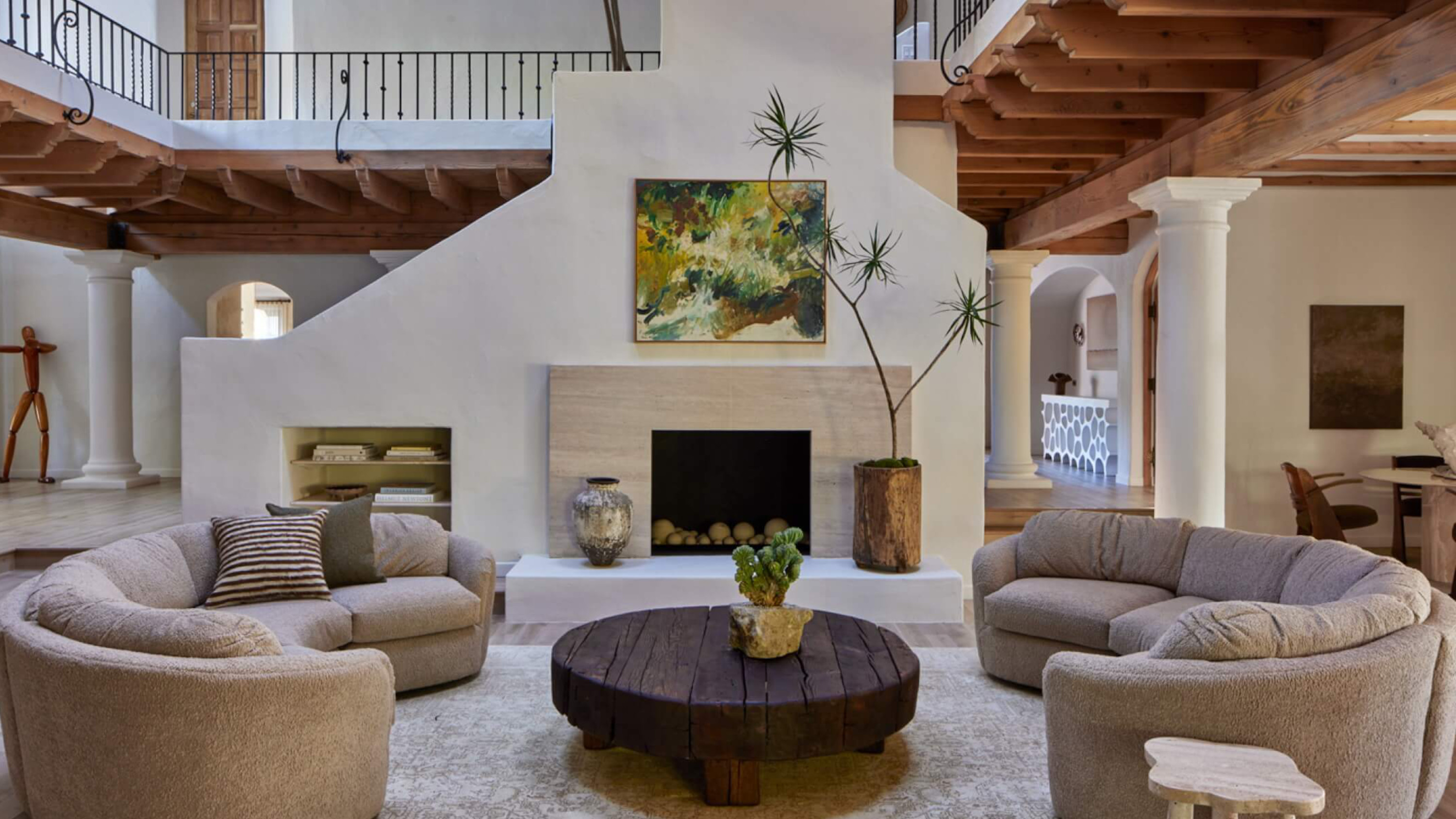

Since we started reporting on limewash as a trend a few years back, the wall finish has positively exploded in popularity. Its textured look adds depth and interest to even the most box-like new builds, and it’s often used by designers as a way to intensify colors – it even lends a little something to an all-white palette.
But as happens with all interior design trends, some of us are starting to feel like limewash is a little, well, overdone. Of course the finish still has its place – but for those of us looking for fresh ideas, what’s the wall texture we should look to to deliver that same depth and intensity, without the feeling that you’ve seen it done before?
We posed the question to interior designers, and one answer came up more than any other: Roman clay. Intrigued, we spoke to some of these designers to find out what’s so special about this wall finish, how to use it – and where they’re still likely to use limewash instead.
What is Roman clay?
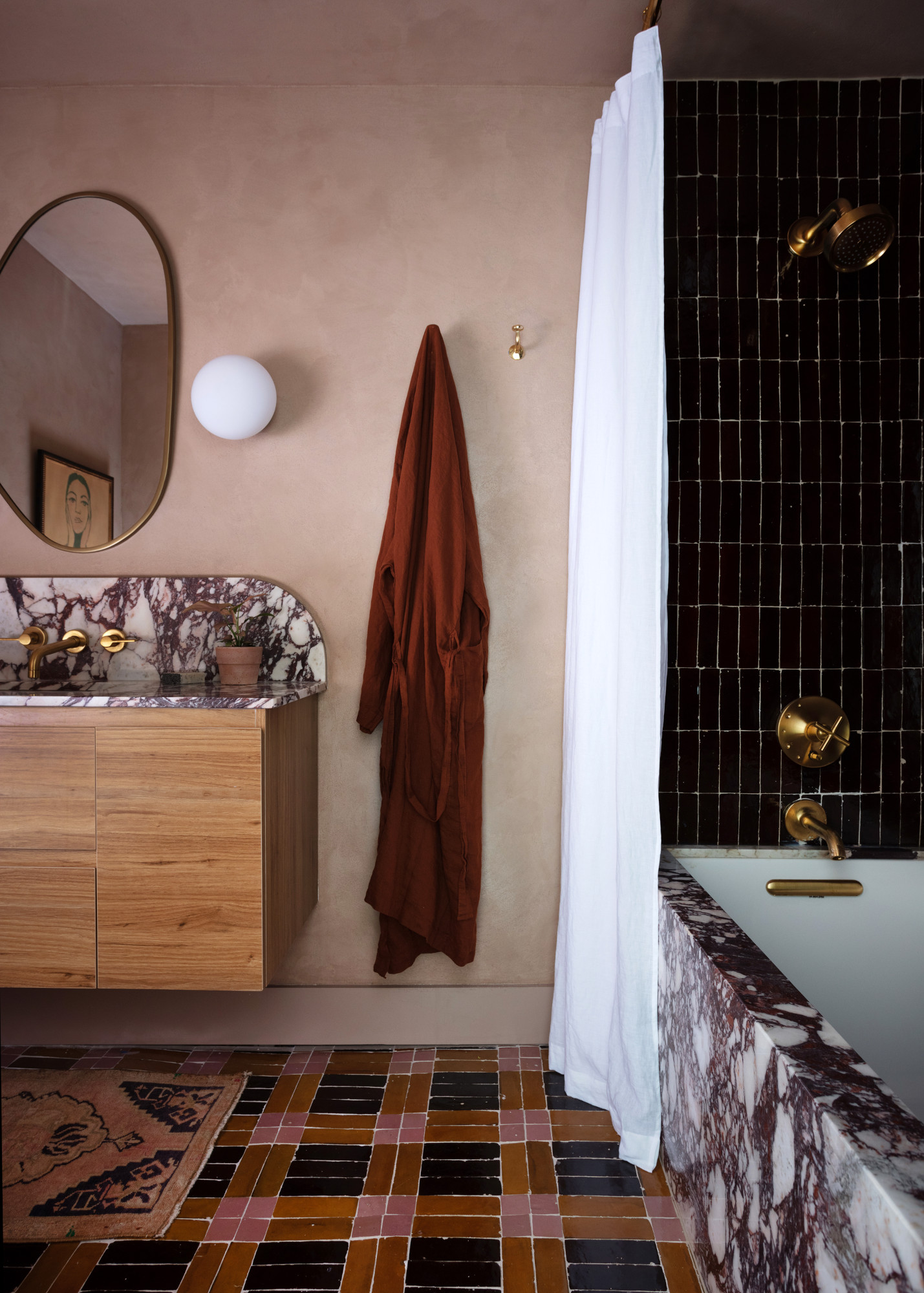
This popular limewash paint alternative, sold by the likes of Portola Paints, is a plaster-like finish applied using a putty knife. It lends walls a smooth, versatile finish, and can be used to create stone, stucco and marble-like looks depending on your preference. It’s generally available in a range of colors. ‘It gives a similar look to Venetian plaster but it’s less glossy and more casual,’ explains New York interior designer Sarah Tract.
It’s also generally more durable than limewash, though it can be prone to marking or chipping if applied incorrectly. ‘We love both Roman clay and limewash,’ says Whitney Romanoff of Arkansas-based studio Meet West. ‘Roman clay can be very forgiving, easy to maintain, and ideal for smooth walls. We love that it delivers a smoother, less chalky finish than limewash with a slight sheen that can reflect the light beautifully.’
‘Roman clay has a solidness to it, a depth and texture that I don’t think you achieve with limewash,’ adds Ashley Ausland of California's Ausland Interiors. ‘It feels a little more old school, which I love. I also love how the light reflects off of it.’
How are designers using Roman clay?
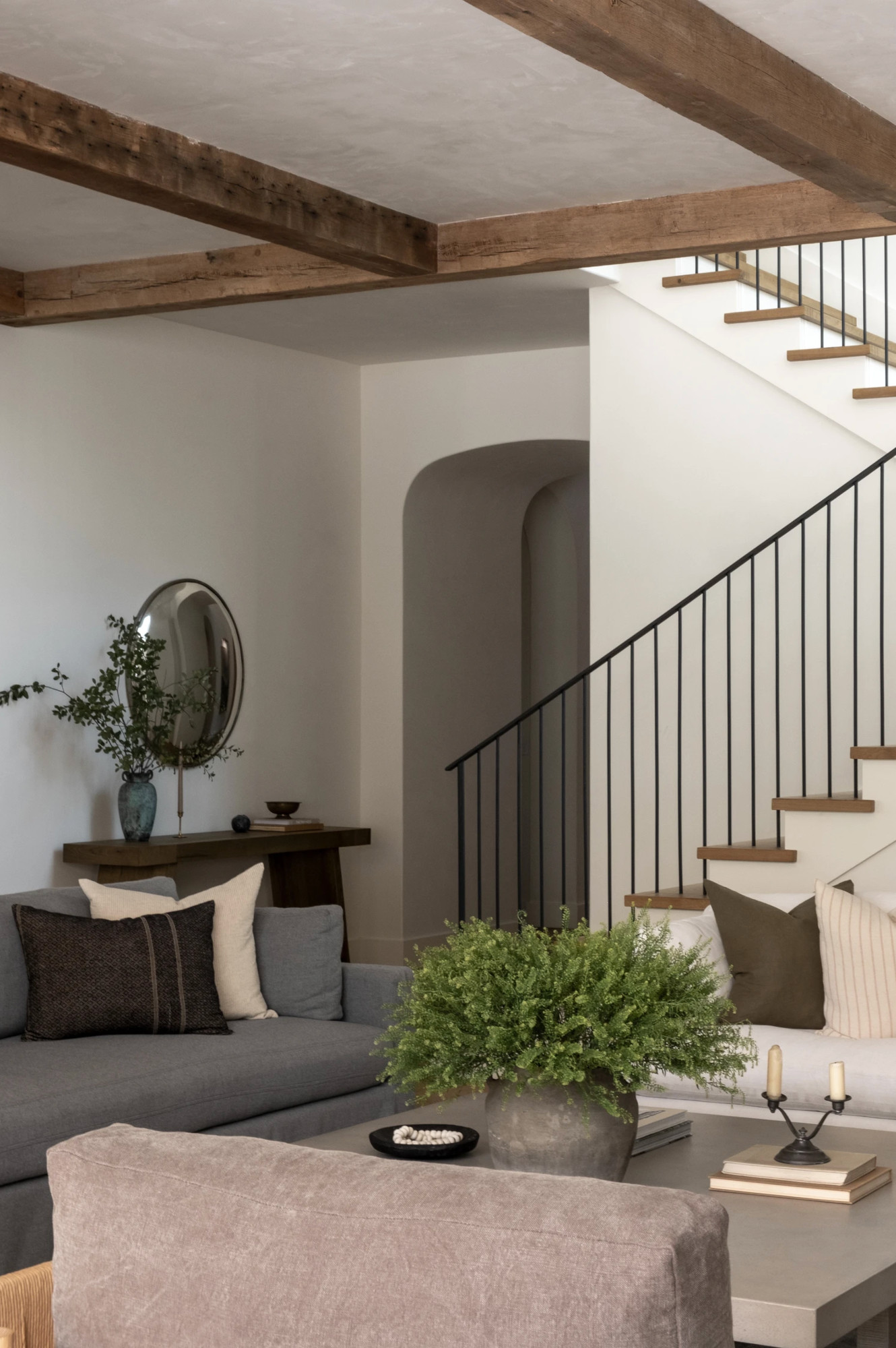
Both Ashley Ausland and Whitney Romanoff use Roman clay in bathrooms to provide an ‘elevated feeling’, as Ashley describes – and Whitney also uses it anywhere she feels needs an atmospheric boost. ‘We love to use Roman clay in a moodier space where we want the sheen to pick up the light and show off the cloud-like effect,’ she says. It is low VOC and can be more forgiving to touch up with something as simple as a kitchen sponge or sandpaper.’
With any plaster or plaster-like paint idea, using paint on top can be surprisingly effective – and it’s an approach Brittny Button, founder of LA's Button Atelier, loves to take. ‘Painting over plaster adds textural depth, a much needed addition to most spaces,’ she says. ‘The result is an old world feeling that conveys a kind of history to an interior. The creation of visual depth is so important as walls in and of themselves can be a canvas. When the design is approached in this way they become a kind of art that exists throughout the room – an ever-present poetry that exists throughout.’
Is limewash still in style?
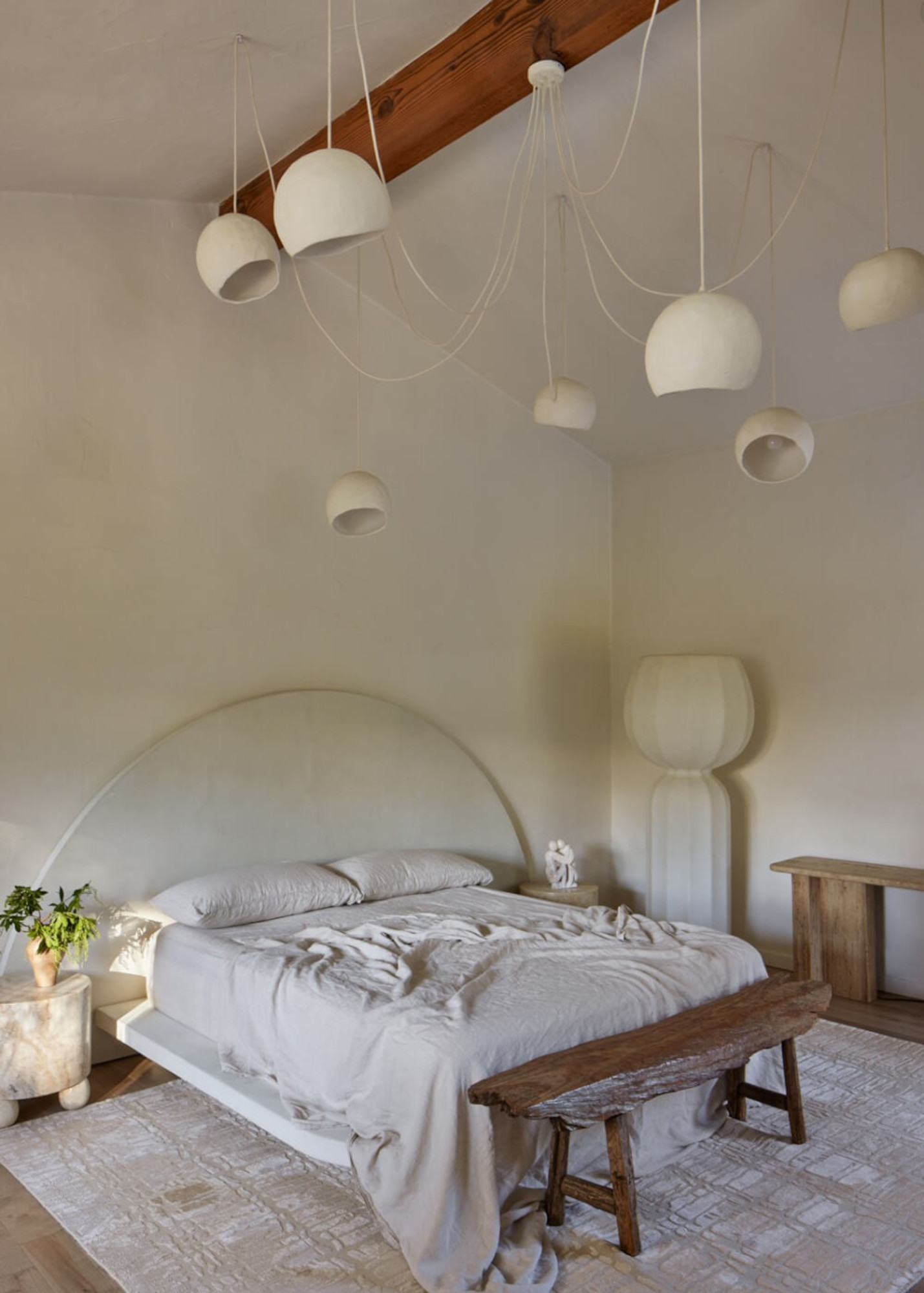
By no means is limewash about to go out of fashion – after all, it’s a popular finish for a reason, and definitely still has its place in interiors. ‘I personally don’t think limewash will ever be “out” as it’s a look based on the natural ageing of walls, and it’s been used for centuries,’ says Drew Michael Scott, founder of Lone Fox Home.
It might, however, be worth thinking about how you can use limewash in a more contemporary if you’re still set on the finish. ‘Modernizing the use comes by choosing a matte finish done in a neutral color such as off-white, pale creams or a tawny tan,’ says Brittny Button. ‘Ideally the effect is best when used in a holistic manner spread across multiple adjoining rooms. For instance, I used the lime wash effect all throughout my kitchen, dining rooms and bathrooms at Casa Encanto. My intent was to create a warm unified look.’
What are other alternatives to limewash?
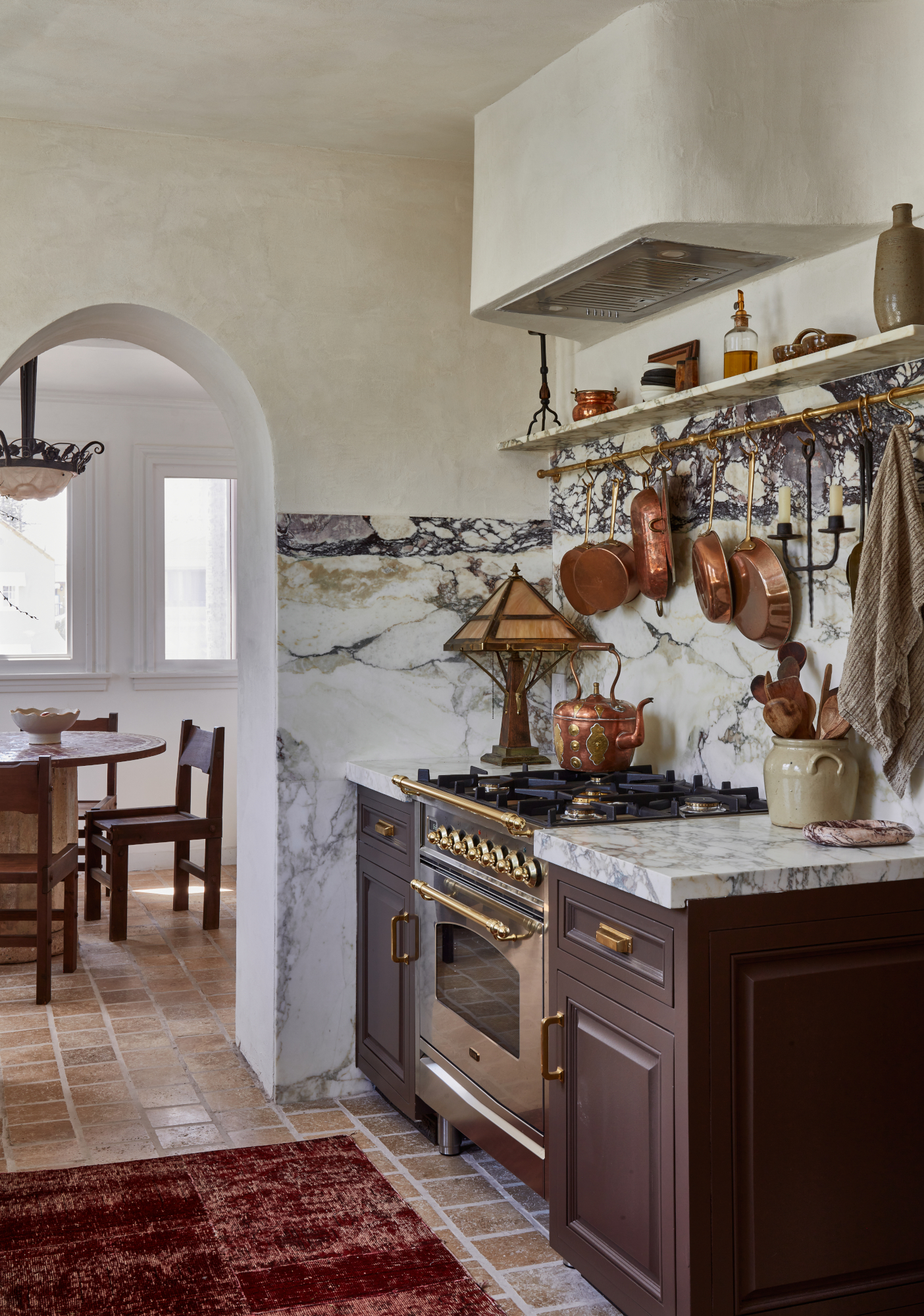
Many of the suggestions put forward by designers, not surprisingly, were other plaster or plaster-like finishes – all of which lend a similar richness to a wall as limewash, but have their own quirks and unique features.
‘Explore Venetian plaster as a sophisticated alternative to limewash for texturizing walls,’ advises Lauren Lerner, founder of Scottsdale, AZ design studio Living with Lolo. ‘This opulent finish boasts a tactile richness and depth, offering versatility with textures ranging from smooth to rough. Perfect for accent walls in living, dining, or bedroom spaces, it can be tinted to complement your decor. Its enduring charm effortlessly enhances any room.’
Drew Michael Scott recommends Meoded’s Tonachino Firenze and Marmorino Palladino wall finishes. ‘I’ve used them in my own home, [but they are] far more work than limewash,’ he says. ‘I love adding textures to walls because it gives visual movement to an otherwise flat surface.’
Whichever finish you choose, it’s all about the application. ‘One of my current go-to finishes is a true, artisanal plaster that can be troweled on in organic, sculptural patterns,’ says Sacramento-based e-designer Amanda Foster. ‘I love the depth and movement it creates, almost like a living, breathing surface.’ She also recommends mineral paint for those who want a limewash look but with a bit more ‘oomph’. ‘It has a similar chalky, matte finish, but with a bit more pigment and depth. The application process is a bit more involved than standard paint, but the results are so worth it – plus, you can play with layering different colors for a truly one-of-a-kind look.’
3 of the best textured wall finishes
Be The First To Know
The Livingetc newsletters are your inside source for what’s shaping interiors now - and what’s next. Discover trend forecasts, smart style ideas, and curated shopping inspiration that brings design to life. Subscribe today and stay ahead of the curve.

Ellen is deputy editor of Livingetc magazine. She works with our fabulous art and production teams to publish the monthly print title, which features the most inspiring homes around the globe, interviews with leading designers, reporting on the hottest trends, and shopping edits of the best new pieces to refresh your space. Before Livingetc she was deputy editor at Real Homes, and has also written for titles including Homes & Gardens and Gardeningetc. Being surrounded by so much inspiration makes it tricky to decide what to do first in her own flat – a pretty nice problem to have, really. In her spare time, Ellen can be found pottering around in her balcony garden, reading her way through her overstacked bookshelf or planning her next holiday.
-
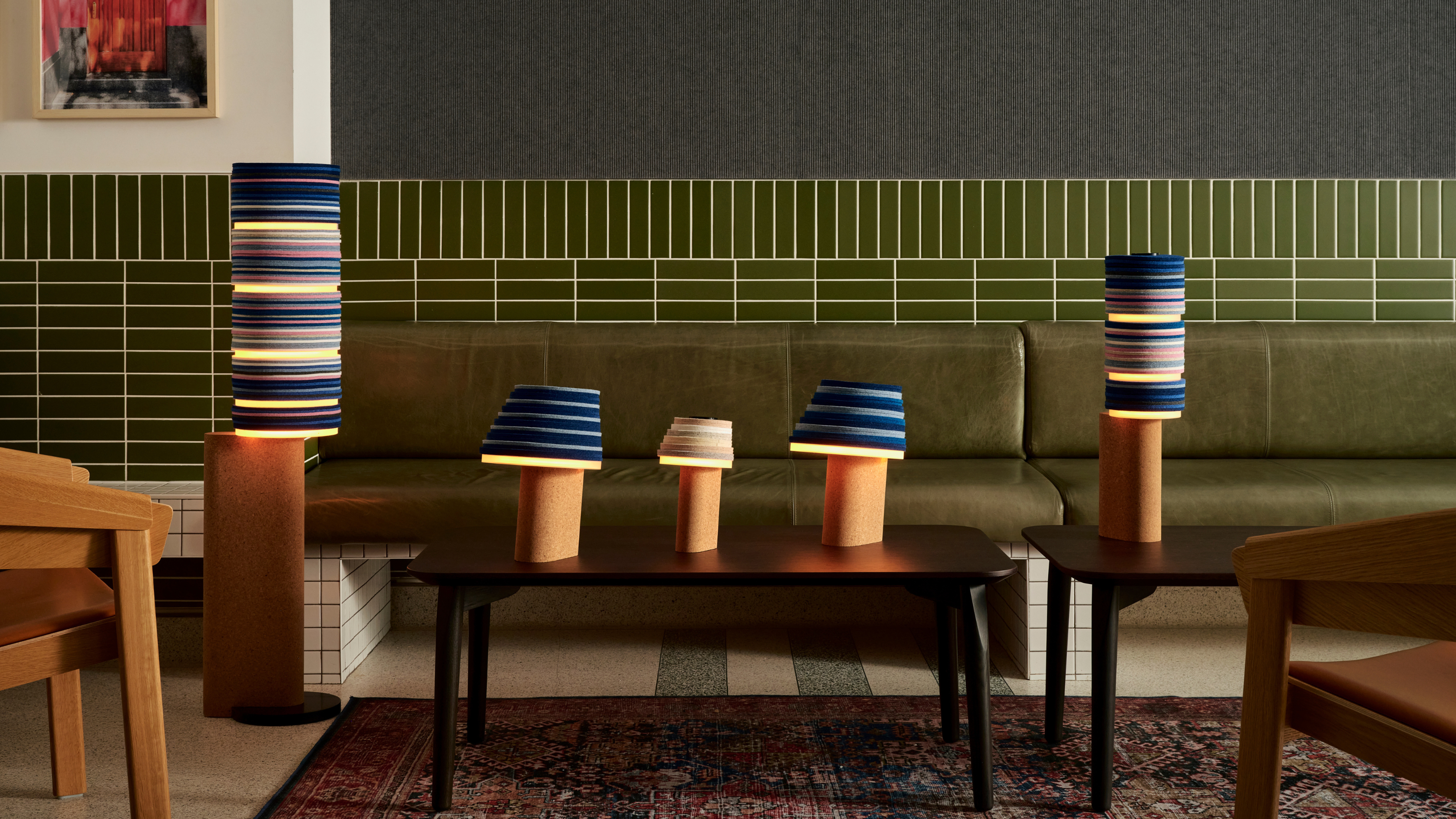 7 Sustainable Product Designs That Are Setting the Agenda for Environmentally-Conscious Homes in 2025
7 Sustainable Product Designs That Are Setting the Agenda for Environmentally-Conscious Homes in 2025From pillows made from textile waste to sanitaryware made in the world's first electric kiln, these brands are revolutionizing sustainable design — for the better
By Devin Toolen
-
 NYC's New Rules Forced Me to Find a Chic Compost Bin — Here's 7 Options Significantly Cheaper Than the $300 Fine
NYC's New Rules Forced Me to Find a Chic Compost Bin — Here's 7 Options Significantly Cheaper Than the $300 FineComposting is now mandatory in NYC. Here’s how to do it stylishly
By Julia Demer
-
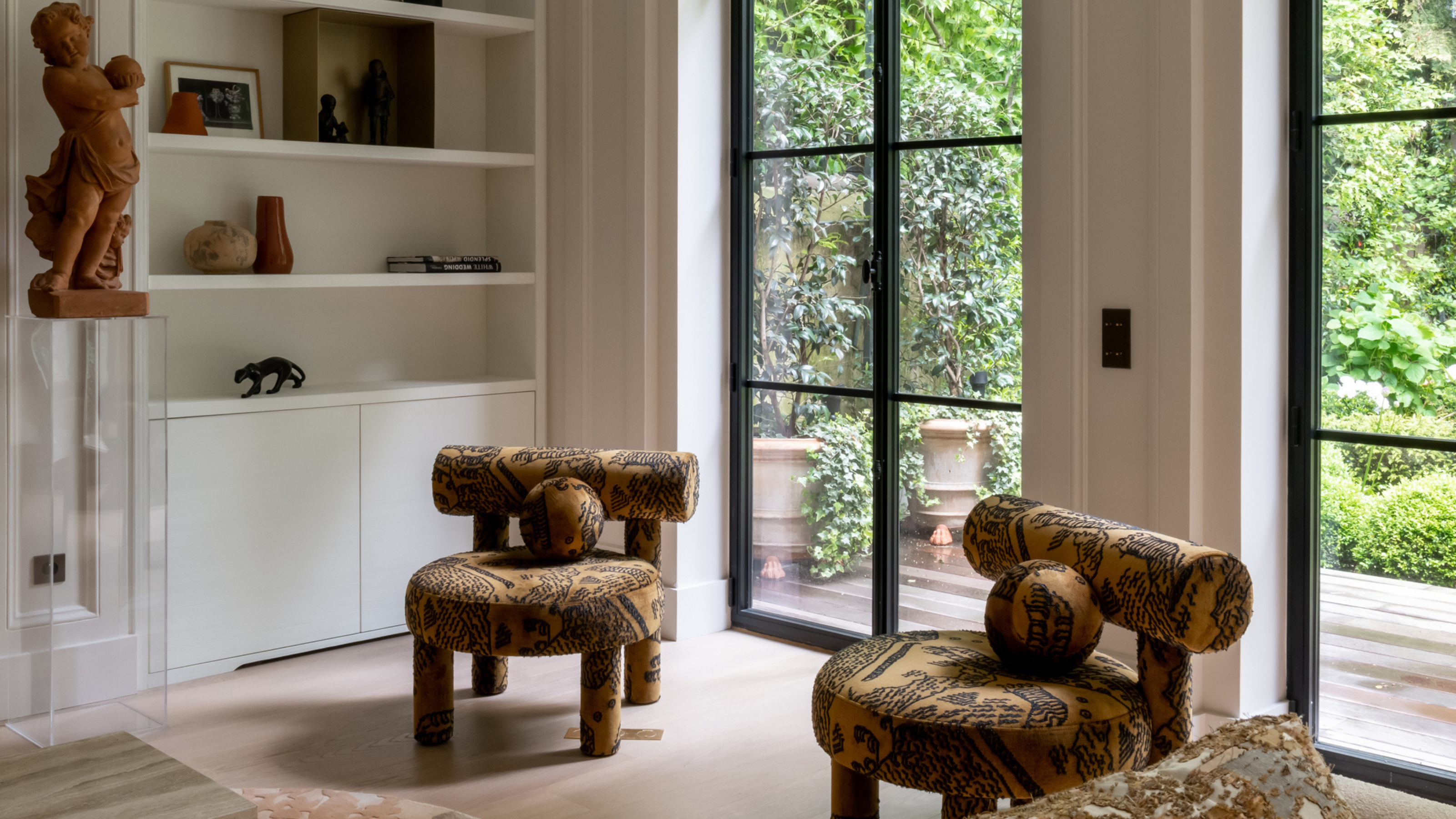 I Spy With My Design Eye: This Specific Fabric Print Is Literally Everywhere Right Now — We've IDed It for You
I Spy With My Design Eye: This Specific Fabric Print Is Literally Everywhere Right Now — We've IDed It for YouIt's whimsical, artistic, and full of character. We've called it already: Dedar's 'Tiger Mountain' is the fabric that will define 2025
By Devin Toolen
-
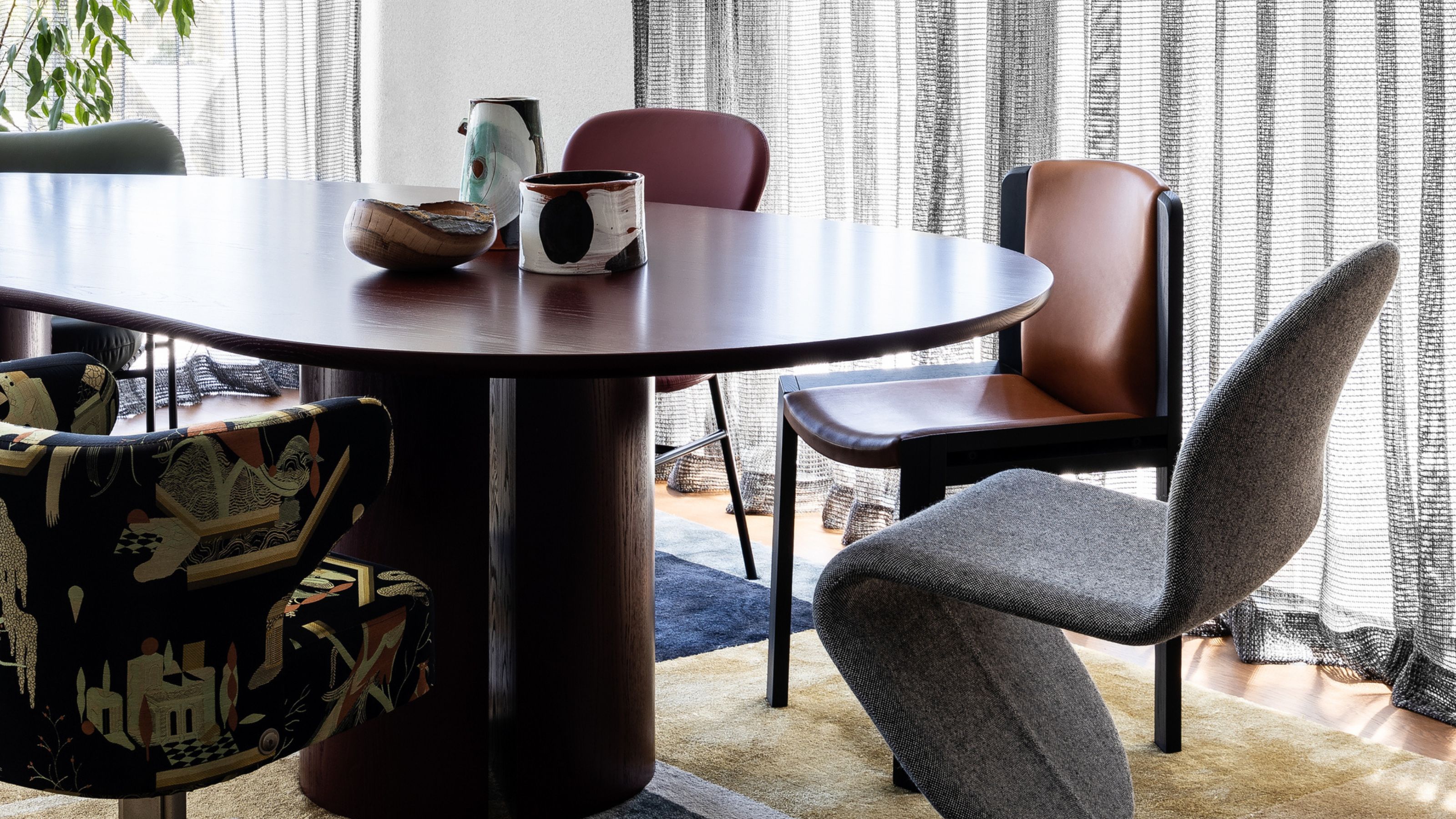 Having Mismatched Dining Chairs Is the New Telltale Sign of Serious Style — Here's How to Make It Look Intentional
Having Mismatched Dining Chairs Is the New Telltale Sign of Serious Style — Here's How to Make It Look IntentionalOnce considered a sign of a lack of care, a dining room table with different chairs now screams ultimate curation... if you can do it right, that is
By Olivia Wolfe
-
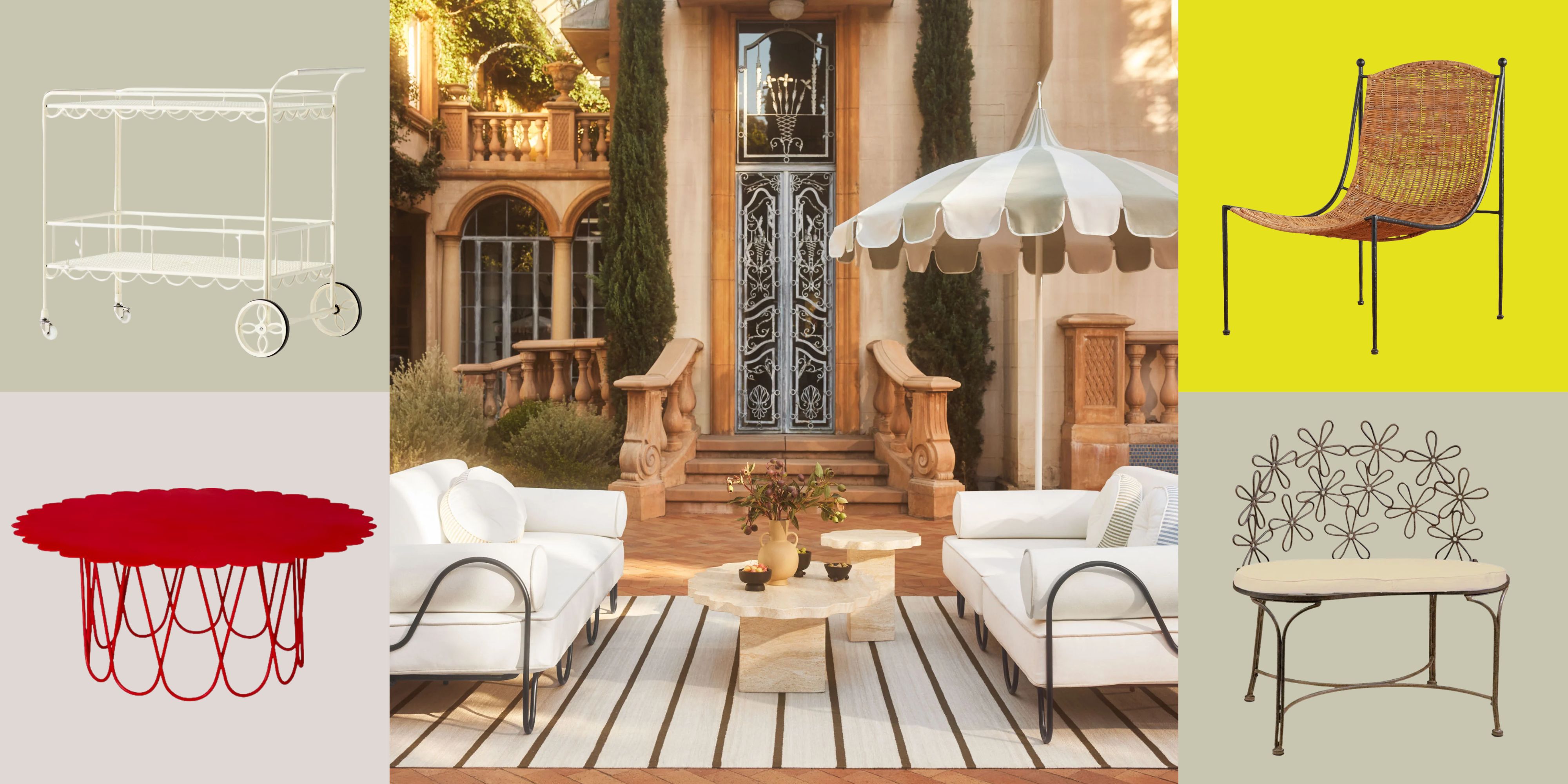 There’s a New Shape in the Garden — Why Whimsical Curves Might Be the Outdoor Furniture Silhouette of the Summer
There’s a New Shape in the Garden — Why Whimsical Curves Might Be the Outdoor Furniture Silhouette of the SummerPowder-coated petals, wavy lines, and a hint of surrealism — this microtrend is blooming, and we’re paying attention
By Julia Demer
-
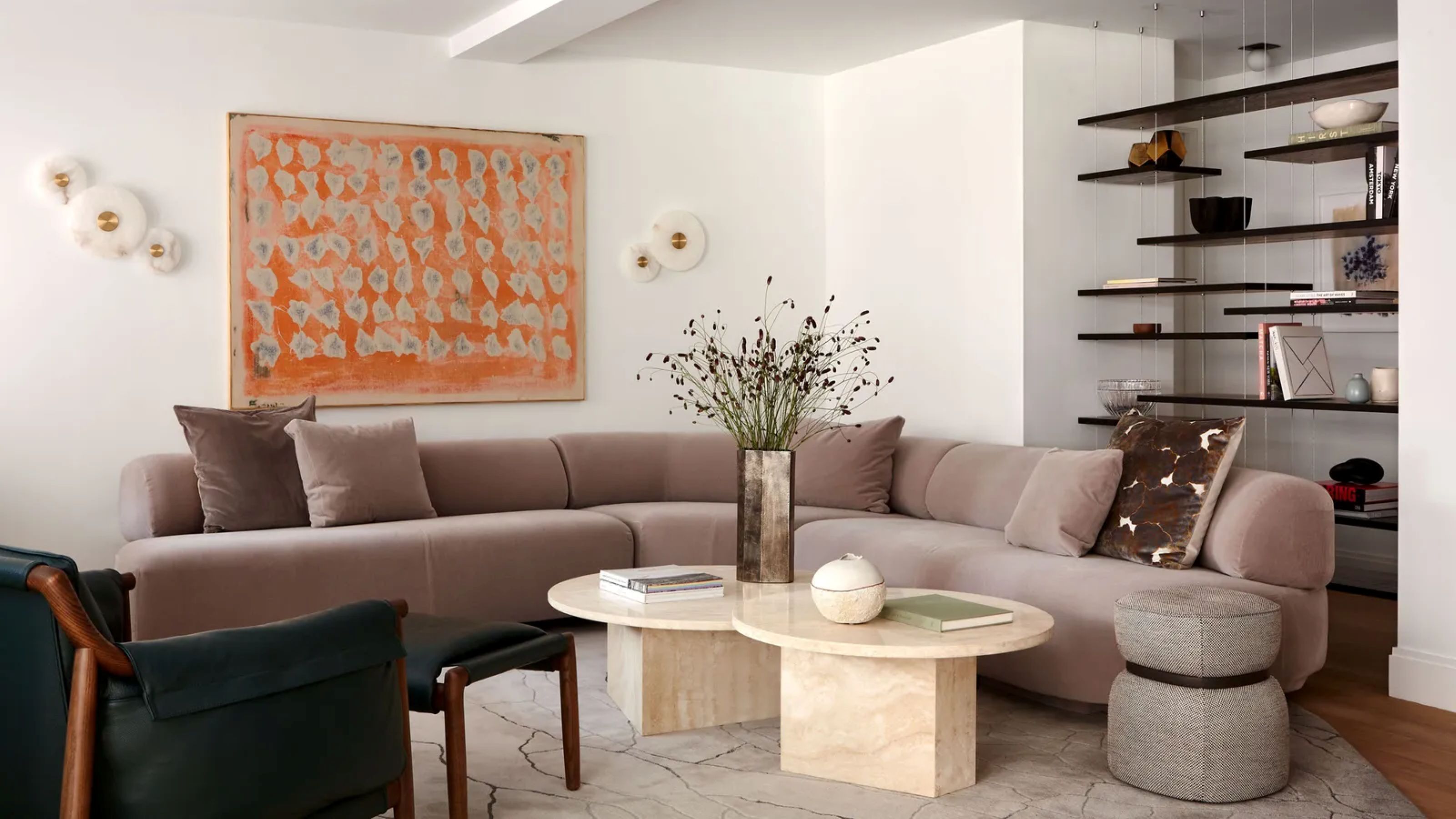 I Asked Interior Designers to Share the Worst Decorating Trends They've Seen on Social Media
I Asked Interior Designers to Share the Worst Decorating Trends They've Seen on Social MediaJust because something is trending, doesn't mean it's tasteful — from dupe-culture to OTT lighting, here's what designers hate seeing in homes
By Devin Toolen
-
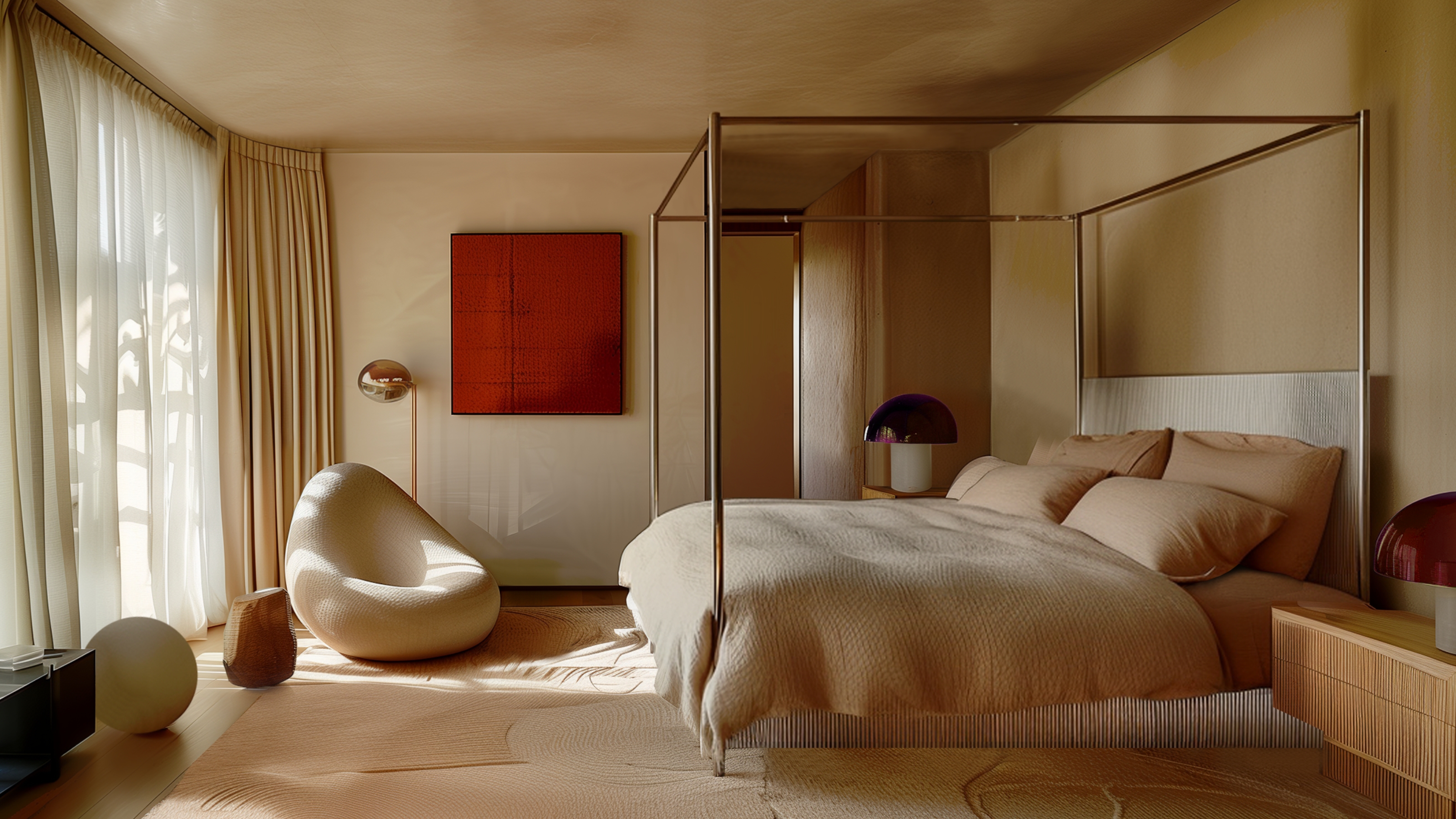 I'm Calling It — Chrome Decor Is the Most Influential Design Trend of 2025 for Rooms That Feel Effortlessly Cool
I'm Calling It — Chrome Decor Is the Most Influential Design Trend of 2025 for Rooms That Feel Effortlessly CoolHave you been eyeing a chrome candle holder or side table to complete your room's look? This is your sign to embrace the shiny, chic material
By Olivia Wolfe
-
 Straight from Salone: 5 Emerging Trends I Found in Milan That'll Shape Interiors for the Year Ahead
Straight from Salone: 5 Emerging Trends I Found in Milan That'll Shape Interiors for the Year AheadFrom reflective silver to fluidity, here's my perspective on the key themes and new moods coming through from Milan Design Week
By Sarah Spiteri
-
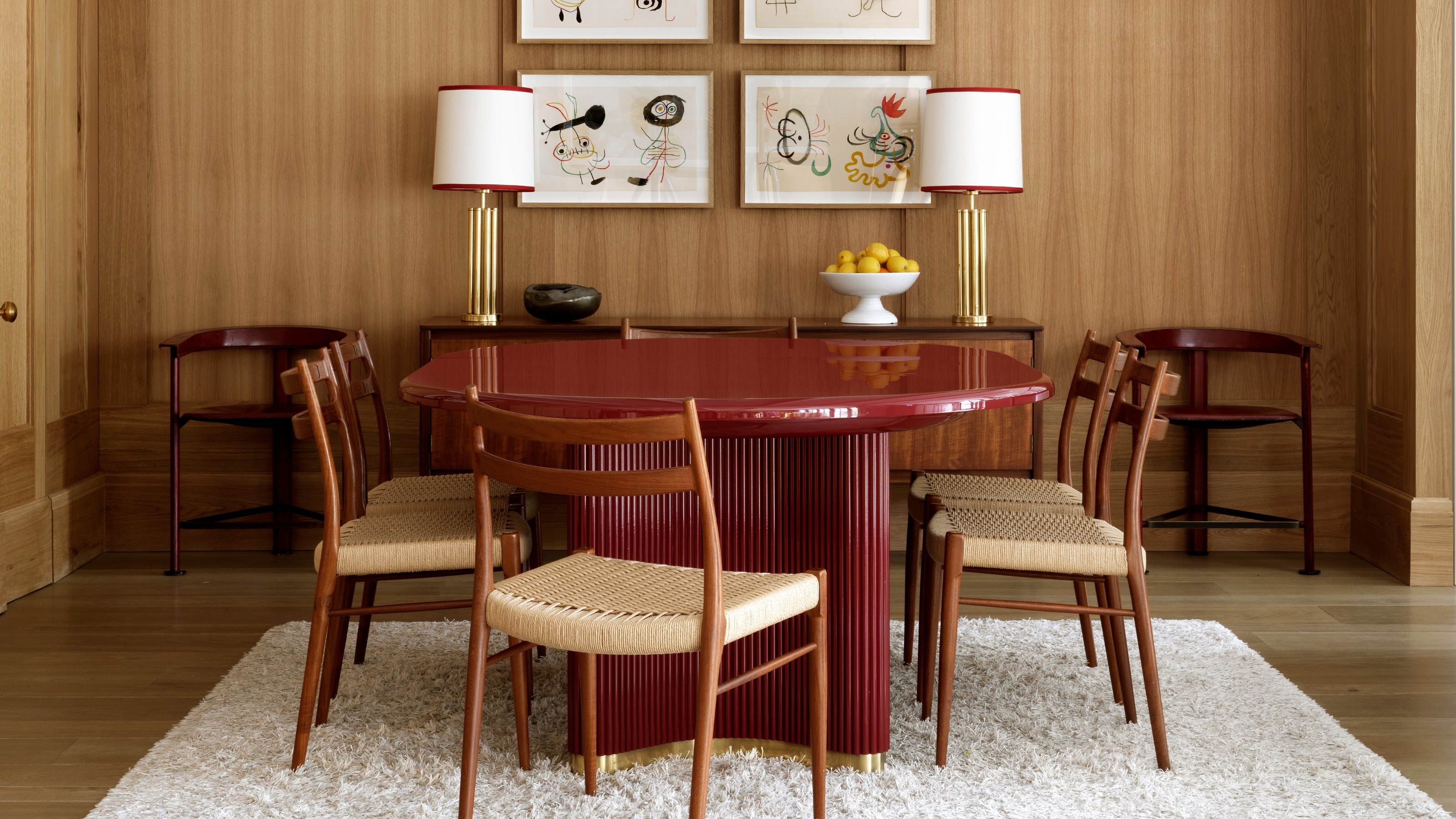 The 'Red Table Trick' Is the Easiest and Most Expensive-Looking Trend to Hit 2025 So Far
The 'Red Table Trick' Is the Easiest and Most Expensive-Looking Trend to Hit 2025 So FarA red dining table makes a seriously stylish statement; the beloved pop of red trend just got an bold and expensive-looking upgrade
By Olivia Wolfe
-
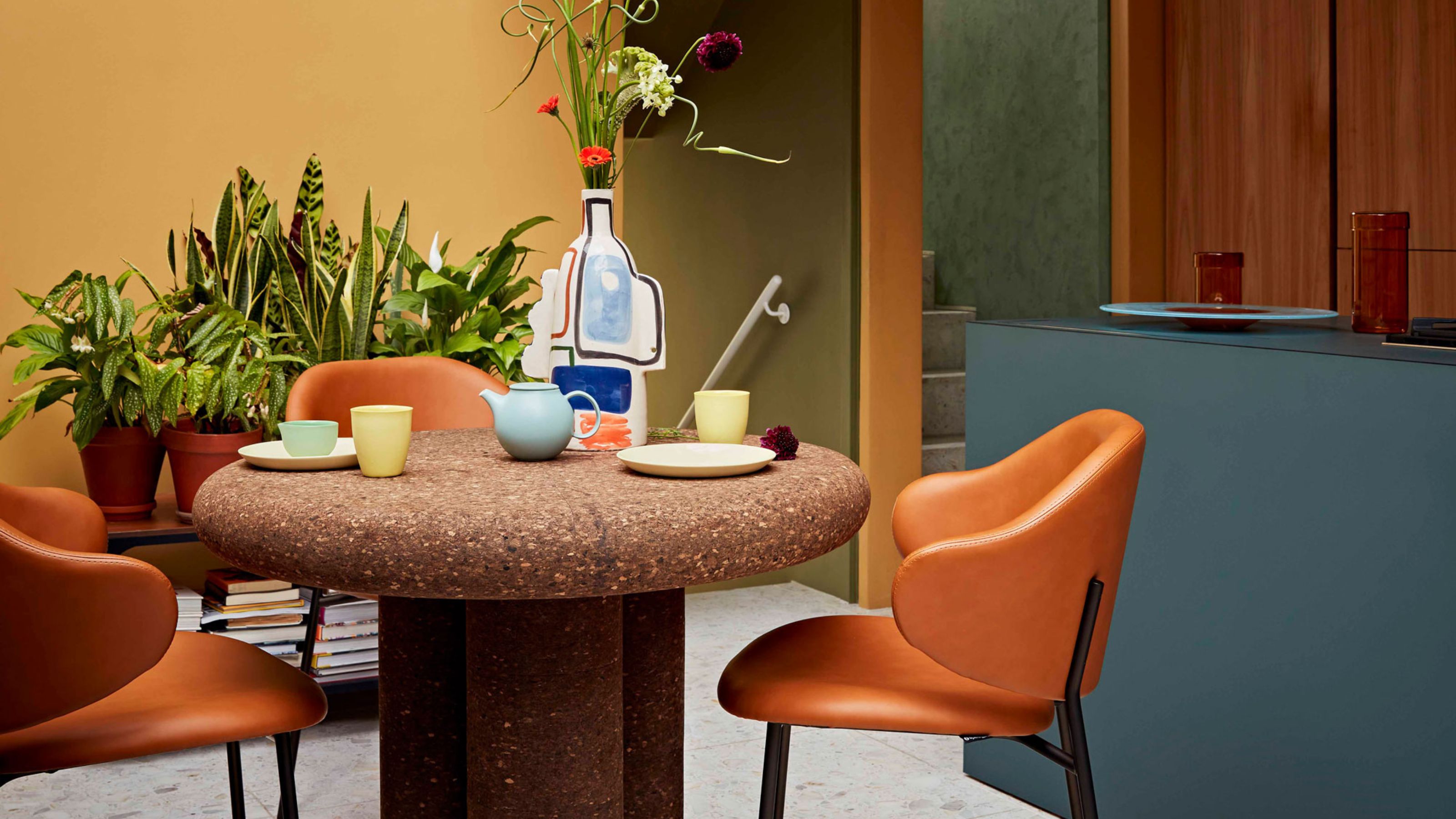 Cork Is the Cool, Sustainable, and Surprisingly Chic Material We Can't Stop Furnishing With Right Now
Cork Is the Cool, Sustainable, and Surprisingly Chic Material We Can't Stop Furnishing With Right NowIn honor of Earth Month, we’re toasting to cork... furniture, that is
By Julia Demer
